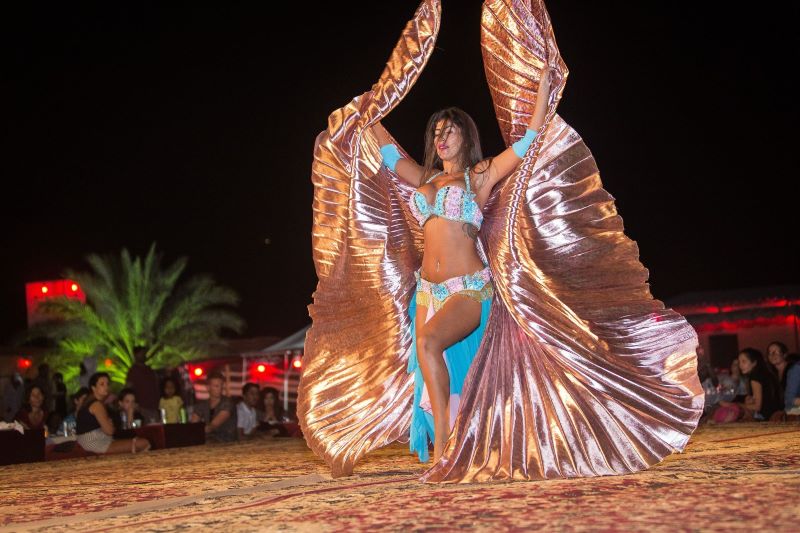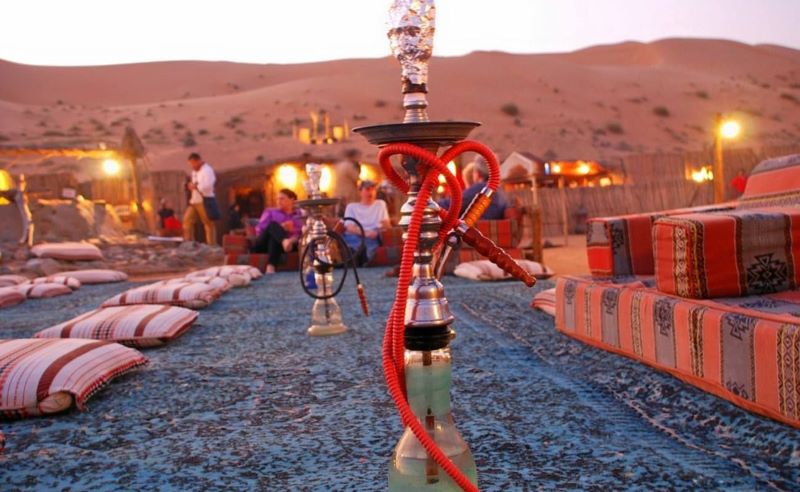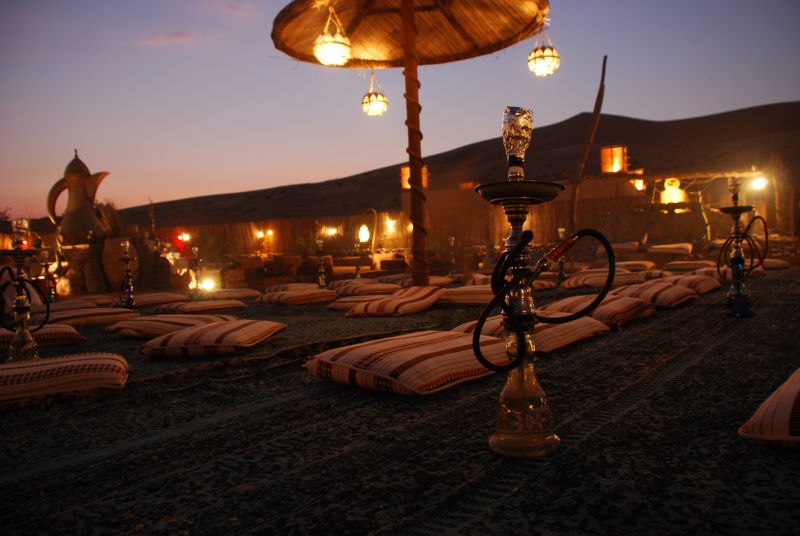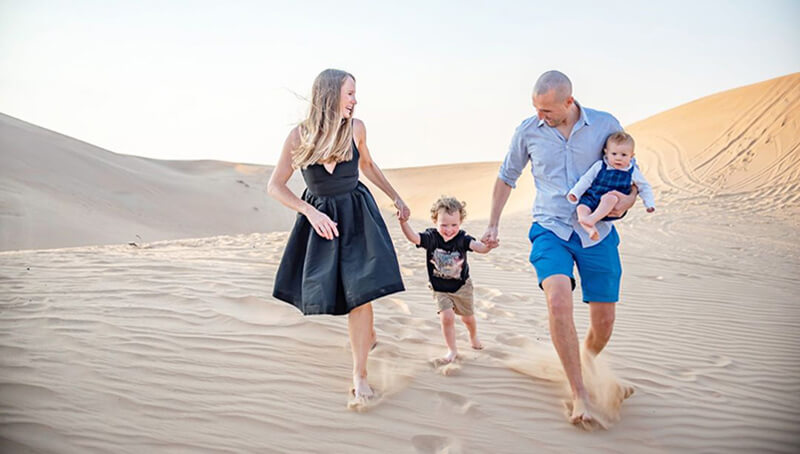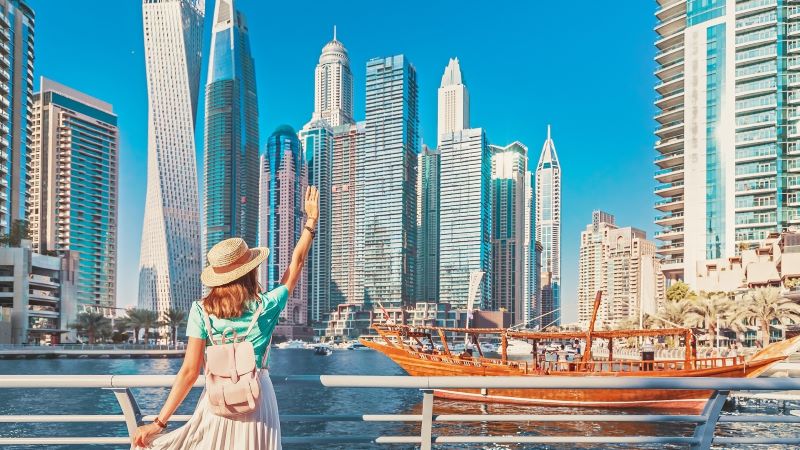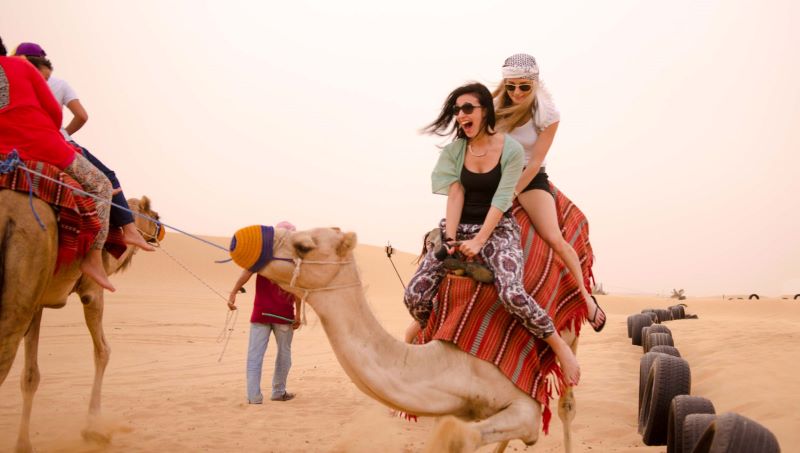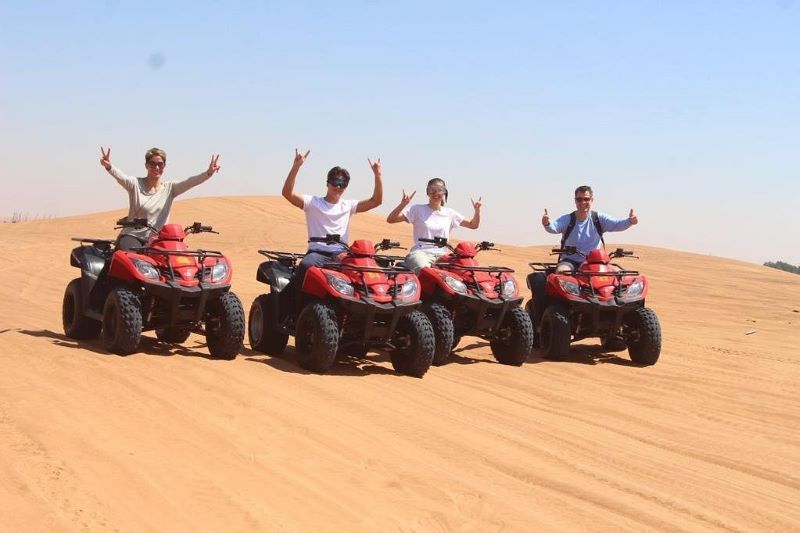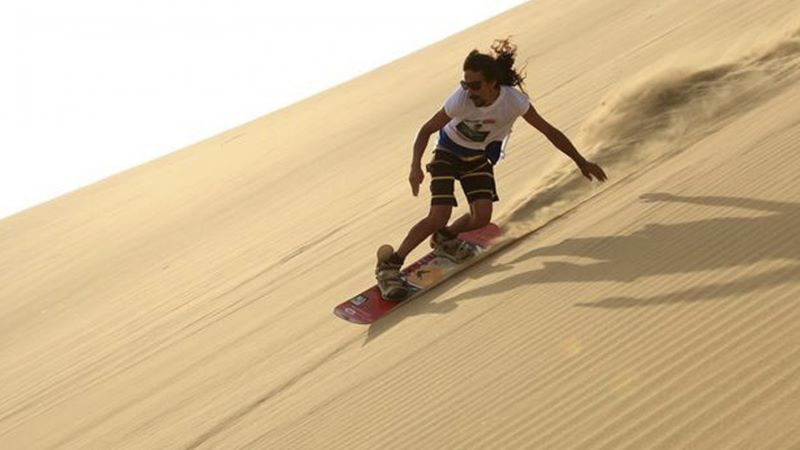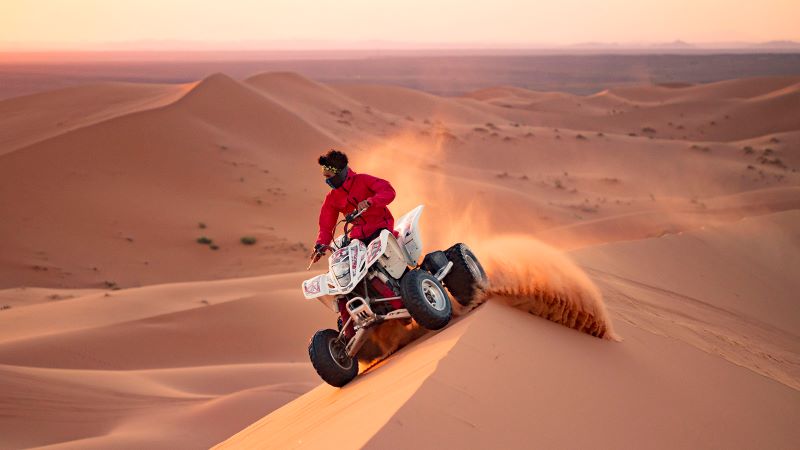Belly Dance in Dubai Desert Safari
Dubai’s vast desert landscape offers a unique and unforgettable experience for travelers looking to explore the traditional and cultural aspects of the Arabian Peninsula. One of the most captivating features of the Dubai Desert Safari is the mesmerizing belly dance performances that blend the rich cultural heritage of the Middle East with the allure of the desert.
IslandTourSafari, a premier Dubai Safari Tour Company, excels in providing immersive desert tours with adventurous activities and an authentic taste of Arabian culture. The belly dance performances are a highlight among the various attractions, drawing visitors worldwide.

What you read in this article؟
The History and Significance of Belly Dance
Belly dance, known as “Raqs Sharqi” in Arabic, has a long and storied history that traces its roots back to ancient Middle Eastern and North African cultures. Originally performed as a social dance during celebrations and communal gatherings, belly dance has evolved over centuries into a highly stylized and theatrical art form.
The dance is characterized by intricate movements of the torso and hips, often accentuated with colorful costumes and traditional music. In the context of Dubai’s Desert Safari, belly dance performances offer a glimpse into the region’s cultural heritage, providing an authentic and immersive experience for tourists.
The Experience of Belly Dance in Dubai Desert Safari
The Desert Safari
Before the belly dance performance, guests are treated to a thrilling desert safari. This includes various activities such as dune bashing, sandboarding, and camel riding. These activities are designed to give you an adrenaline rush and a taste of the desert’s rugged beauty.
The Setup for Belly Dance Performance
As the sun sets, the camp comes alive with the anticipation of the evening’s entertainment. The stage is set in the center of the camp, surrounded by comfortable seating arrangements that allow every guest a perfect view of the performance. Traditional Arabian lanterns and bonfires enhance the ambiance, creating a magical atmosphere.
The Performance
The belly dance performance begins as the stars twinkle above the desert. Adorned in a shimmering costume, the dancer takes the stage, captivating the audience with her graceful and rhythmic movements. The dance is accompanied by traditional Middle Eastern music featuring instruments such as the oud, tabla, and nay.
The performance typically includes several segments showcasing different styles of belly dance. The dancer’s skill and artistry are fully displayed, from the more classical and elegant Raqs Sharqi to the energetic and modern interpretations. The interaction with the audience is a vital part of the performance, often inviting guests to join in and try a few moves themselves.

The Cultural Context of Belly Dance
Traditional Significance
Belly dance holds a special place in Middle Eastern culture. It is not merely a form of entertainment but a way of expressing joy, celebrating life, and connecting with the community. Historically, it has been performed at weddings, festivals, and other significant social events.
Modern Adaptations
In modern times, belly dance has gained international popularity and has been adapted in various ways across different cultures. However, the performances in Dubai Desert Safari strive to remain true to their traditional roots, offering an authentic experience that respects and honors the dance’s origins.
The Costumes
The costumes worn by belly dancers are an essential aspect of the performance. Typically, these include a fitted top and a flowing skirt adorned with beads, sequins, and coins that shimmer and jingle with every movement. The colors are vibrant and reflect the richness of Arabian culture.
Additional Activities in the Dubai Desert Safari
Arabic Dance Performances
Besides belly dance, the Dubai Desert Safari often features traditional Arabic dance forms, such as the Tanoura dance. This mesmerizing dance involves a performer spinning continuously, creating a colorful spectacle with their flowing skirts. The Tanoura dance is profoundly spiritual and symbolizes the earthly and divine connection.
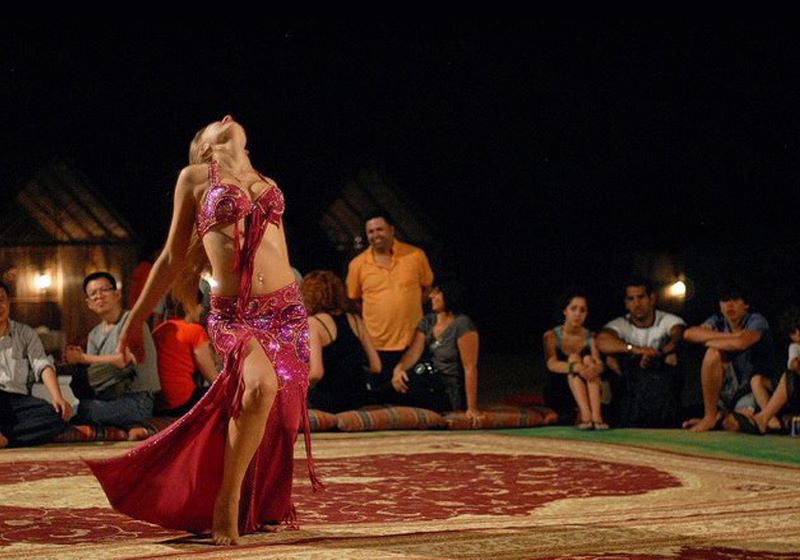
Henna Painting
Another cultural activity available at the desert camp is henna painting. Henna, a natural dye made from the “Lawsonia inermis” plant, is used to create intricate designs on the hands and feet. This art form has been practiced for centuries in the Middle East and is often associated with celebrations and special occasions.
Traditional Arabian Cuisine
The culinary experience is an integral part of the Dubai Desert Safari. Guests are treated to a lavish buffet featuring traditional Arabian dishes. From succulent kebabs and shawarma to fragrant biryanis and freshly baked bread, the food is a feast for the senses. Desserts such as baklava and fresh fruits provide a sweet ending.
The Unique Appeal of IslandTourSafari
IslandTourSafari stands out among other tour operators due to its commitment to providing an authentic and memorable experience. The company’s attention to detail and dedication to preserving the region’s cultural heritage ensures that every safari aspect is meticulously planned and executed.
From the moment you book your tour to the final farewell, IslandTourSafari takes care of every detail, allowing you to relax and immerse yourself in the experience. The knowledgeable guides, well-maintained vehicles, and top-notch facilities are a testament to the company’s high standards.
Practical Information
Booking and Pricing
Booking a Dubai Desert Safari with IslandTourSafari is a straightforward process. You can make reservations online through their user-friendly website or contact customer service for assistance. The tours are competitively priced, offering excellent value for money considering the range of activities and the quality of service provided.

What should I bring?
When preparing for a desert safari, it is essential to dress comfortably and appropriately for the desert environment. Light and loose clothing, sunglasses, and hats are recommended. Don’t forget to bring a camera to capture stunning views and unforgettable moments. For more information, we suggest you read the What to Wear Desert Safari Dubai article.
Safety and Comfort
Safety is a top priority for IslandTourSafari. All activities are conducted under the supervision of trained professionals, ensuring a safe and enjoyable experience for all guests. The desert camp has modern amenities, including clean restrooms and shaded relaxing areas.

Shisha (Hookah)
For those looking to indulge in a traditional Arab pastime, shisha is often available at the camp. Guests can enjoy flavored tobacco in a beautifully crafted hookah, which adds to the authentic cultural experience. Various flavors like mint, apple, and grape offer a pleasant way to unwind after a day of activities.
Engaging with Local Culture
The Dubai Desert Safari is not just about entertainment; it’s also an opportunity to engage deeply with local culture. The guides and performers often share stories and insights about their traditions, enhancing the overall experience for guests.
Interactions with Performers
Visitors often have the chance to interact with the performers and learn more about the art of belly dance and other traditional dances. This interaction fosters a deeper appreciation for the presented culture and art forms.
The Unique Appeal of IslandTourSafari
IslandTourSafari stands out among other tour operators due to its commitment to providing an authentic and memorable experience. The company’s attention to detail and dedication to preserving the region’s cultural heritage ensures that every safari aspect is meticulously planned and executed.
Customer-Centric Approach
IslandTourSafari places a strong emphasis on customer satisfaction. From the initial inquiry to the completion of the tour, guests are treated with utmost care and professionalism. This customer-centric approach is evident in the well-trained guides, prompt communication, and personalized service.
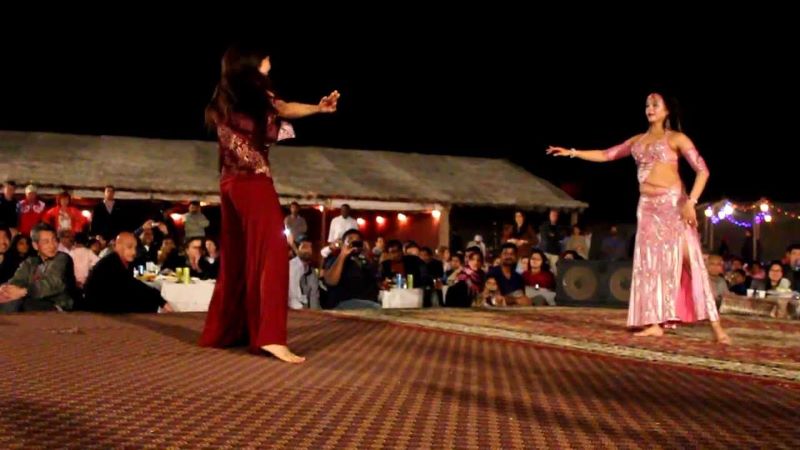
The Importance of Cultural Heritage in Belly Dance
Preserving Traditions
Belly dance is deeply rooted in the cultural fabric of the Middle East. Each performance is a celebration of heritage passed down through generations. The importance of preserving these traditions is paramount, not just for the artists but for the audience as well.
Education and Awareness
During the Dubai Desert Safari, guests can learn about the cultural significance of belly dance. Many performers share insights into the history of the dance, its evolution, and its role in contemporary society. This educational aspect enhances appreciation and understanding of the art form.

Understanding the Audience’s Role
Engaging the Audience
Audience engagement plays a vital role in the success of a belly dance performance. Dancers often interact with guests, inviting them to participate or enjoy the spectacle. This connection fosters a lively atmosphere and encourages a communal experience.
Emotional Connection
The emotional impact of a belly dance performance is profound. Dancers convey various feelings through their movements, inviting the audience to share joy, sadness, or celebration. This emotional connection is one of the key reasons why belly dance resonates so deeply with viewers.
The Journey of a Belly Dancer
Training and Dedication
Becoming a skilled belly dancer requires years of practice and dedication. Many performers undergo extensive training, studying various dance styles, techniques, and cultural contexts. This commitment to mastery is evident in their performances.
The Role of a Performer
For many dancers, performing is not just a job but a calling. They often view their role as cultural ambassadors, sharing their passion and art with audiences from around the world. This sense of purpose adds depth to their performances, making each show a personal journey.
Tips for Enjoying Your Belly Dance Experience
Be Open-Minded
Approaching the belly dance performance with an open mind can enhance your enjoyment. Every dancer brings unique interpretation and style, so embracing the art form’s diversity can lead to a richer experience.
Participate Actively
If given the opportunity, don’t hesitate to participate! Engaging with the performance by dancing or asking questions can make the evening more memorable.
Respect Cultural Practices
Understanding and respecting the cultural significance of belly dance is vital. Approach the performance with appreciation for its history and meaning, recognizing it as an integral part of Arabian heritage.
Additional Cultural Activities in Dubai Desert Safari
Creating Memories
The belly dance performance is often a highlight of the Dubai Desert Safari, leaving a lasting impression on guests. Combining cultural immersion, adventure, and personal interaction creates memories travelers cherish long after visiting.

Conclusion
A Dubai Desert Safari with IslandTourSafari is not just an adventure; it’s a journey into the heart of Arabian culture. The mesmerizing belly dance performances, the thrill of desert activities, and the warmth of traditional hospitality create an experience that will leave you with memories to cherish for a lifetime. Whether you’re captivated by the dance, the food, or the stunning desert landscape, this unique experience will enchant every visitor.
From understanding the significance of each movement in belly dance to engaging with local traditions and enjoying authentic Arabian cuisine, your journey is enriched at every turn. The cultural immersion offered during the Dubai Desert Safari ensures that every guest leaves with photographs and a deeper connection to the history and heritage of this remarkable region.



